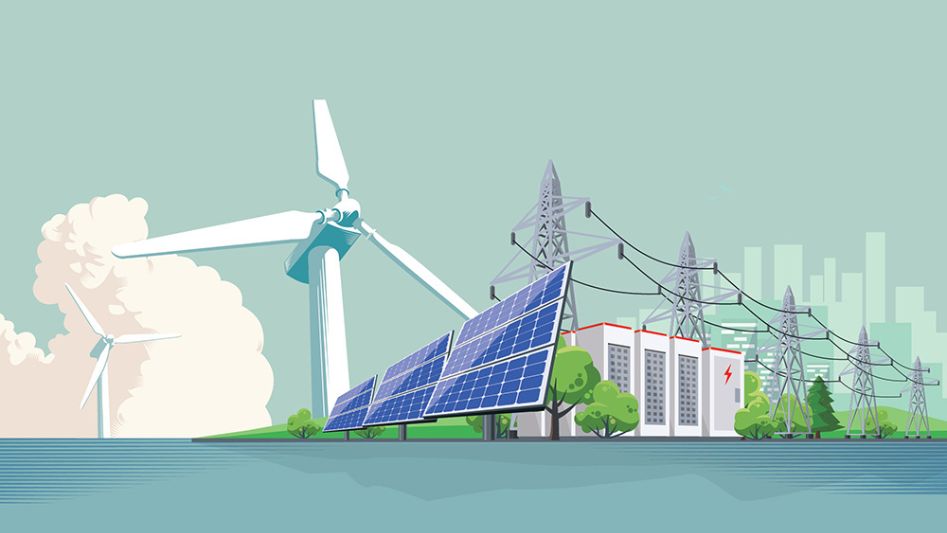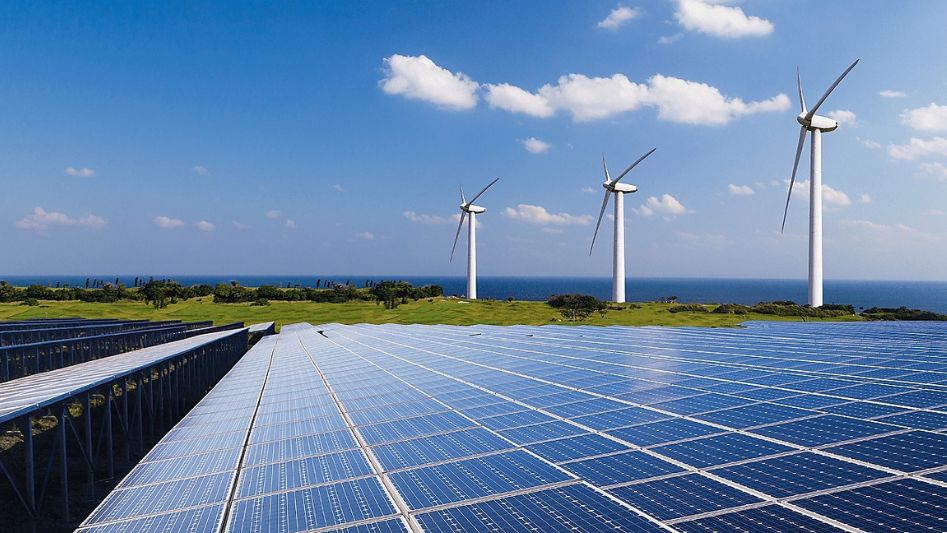In recent years, there has been a growing global concern regarding the environmental impact of traditional energy sources. As the detrimental effects of fossil fuels become more evident, the need for eco-friendly solutions and sustainable energy alternatives has never been more crucial. This article aims to explore the remarkable advancements in green energy and how they are revolutionizing the world we live in. From renewable power sources to innovative technologies, let’s delve into the realm of eco-friendly solutions and discover how they are transforming our planet for the better.
Table of Contents

Green Energy is Changing the World
Green energy, also known as renewable energy, refers to the power generated from natural sources that are constantly replenished, such as sunlight, wind, water, and geothermal heat. These sustainable alternatives are rapidly gaining traction and reshaping the energy landscape. By reducing carbon emissions and minimizing our reliance on fossil fuels, green energy is playing a pivotal role in mitigating climate change and preserving our planet for future generations.
The Rise of Solar Energy
Solar energy has emerged as one of the most promising eco-friendly solutions in recent years. Harnessing the power of the sun, photovoltaic (PV) systems are now widely deployed to generate electricity. The installation of solar panels on rooftops, solar farms, and even floating solar arrays has witnessed significant growth. With advancements in technology and decreasing costs, solar energy is becoming increasingly accessible to households and businesses alike.
Solar power offers numerous benefits, including lower electricity bills, reduced carbon footprint, and energy independence. Additionally, governments and organizations around the world are incentivizing the adoption of solar energy through tax credits and subsidies, further driving its popularity. As solar panels continue to adorn rooftops and vast stretches of land, the world is transitioning towards a more sustainable and sun-powered future.
Embracing the Power of Wind
Another key player in the green energy revolution is wind power. Wind turbines, strategically placed in windy regions, harness the kinetic energy of the wind and convert it into electricity. This clean and renewable energy source has seen tremendous growth in recent years, with wind farms sprouting across landscapes worldwide.

One of the remarkable advantages of wind energy is its scalability. From small-scale turbines installed in residential areas to offshore wind farms spanning hundreds of square kilometers, the potential for wind power is immense. As technology advances, turbines become more efficient, capturing even the slightest breeze. The integration of wind energy into the existing power grid is creating a more diverse and sustainable energy mix, reducing our reliance on traditional fossil fuels.
Tapping into Hydroelectric Power
Hydropower has been a long-standing source of renewable energy, with hydroelectric plants harnessing the energy of flowing water to generate electricity. By utilizing the force of water currents or damming rivers, hydroelectric power stations can produce substantial amounts of energy without harmful emissions.
One of the significant advantages of hydropower is its reliability. Unlike solar and wind energy, which are dependent on weather conditions, hydroelectric power can provide a consistent and stable energy supply. Large-scale hydropower projects, such as the Three Gorges Dam in China, have the capacity to generate massive amounts of electricity, making a substantial contribution to the global energy demand.
Exploring Geothermal Energy
Geothermal energy taps into the natural heat beneath the Earth’s surface, converting it into electricity or directly utilizing it for heating purposes. This renewable energy source has shown tremendous potential, particularly in areas with geothermal hotspots.
Geothermal power plants harness the steam or hot water reservoirs deep underground to drive turbines and generate electricity. The utilization of geothermal energy not only reduces greenhouse gas emissions but also provides a reliable and constant energy source. Countries like Iceland have successfully harnessed their geothermal resources, meeting a significant portion of their energy needs sustainably.

Conclusion
Eco-friendly solutions powered by green energy are paving the way for a sustainable future. Solar, wind, hydroelectric, and geothermal power are transforming the energy landscape, reducing carbon emissions, and creating a cleaner environment. With advancements in technology, these renewable energy sources are becoming more affordable, accessible, and reliable. By embracing eco-friendly solutions and transitioning away from fossil fuels, we can ensure a healthier planet for generations to come.
FAQs
How does green energy help combat climate change?
Green energy helps combat climate change by reducing greenhouse gas emissions. Unlike traditional fossil fuel-based power generation, eco-friendly solutions like solar, wind, hydroelectric, and geothermal energy produce little to no carbon dioxide or other harmful pollutants.
Are eco-friendly solutions cost-effective?
While the initial investment in eco-friendly solutions may seem higher, they offer long-term cost-effectiveness. For instance, installing solar panels may require an upfront expense, but over time, the savings on electricity bills can offset the initial cost.
Can green energy provide a reliable power supply?
Yes, green energy can provide a reliable power supply. While the intermittency of solar and wind energy can be a concern, technological advancements and improved grid integration have significantly addressed this issue.
How can governments support the growth of green energy?
Governments play a vital role in supporting the growth of green energy by implementing favorable policies and regulations. This includes providing financial incentives, tax credits, and subsidies to encourage the adoption of renewable energy sources.
You May Also Like
- UNVEILING THE GREEN ENERGY PARADOX: ESG INVESTING’S LIMITED IMPACT ON THE TRANSITION
- THE BENEFITS OF GREEN ENERGY: WHY IT MATTERS FOR OUR ENVIRONMENT
- DRIVING CHANGE: HOW GREEN ENERGY IS TRANSFORMING THE TRANSPORTATION SECTOR
- A SUSTAINABLE FUTURE: HOW GREEN ENERGY IS CHANGING THE WORLD
- THE RISE OF GREEN ENERGY: HOW RENEWABLE SOURCES ARE RESHAPING THE ENERGY LANDSCAPE
